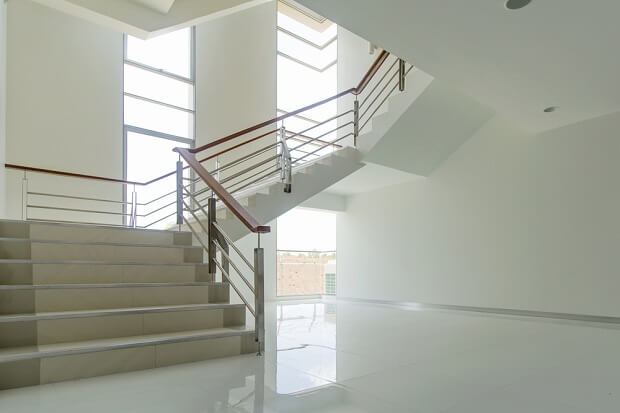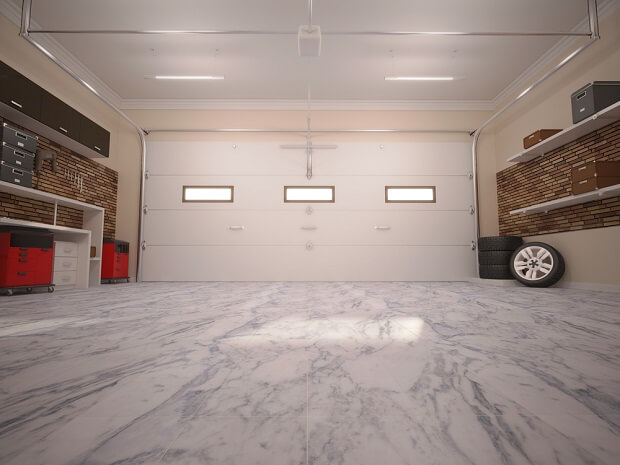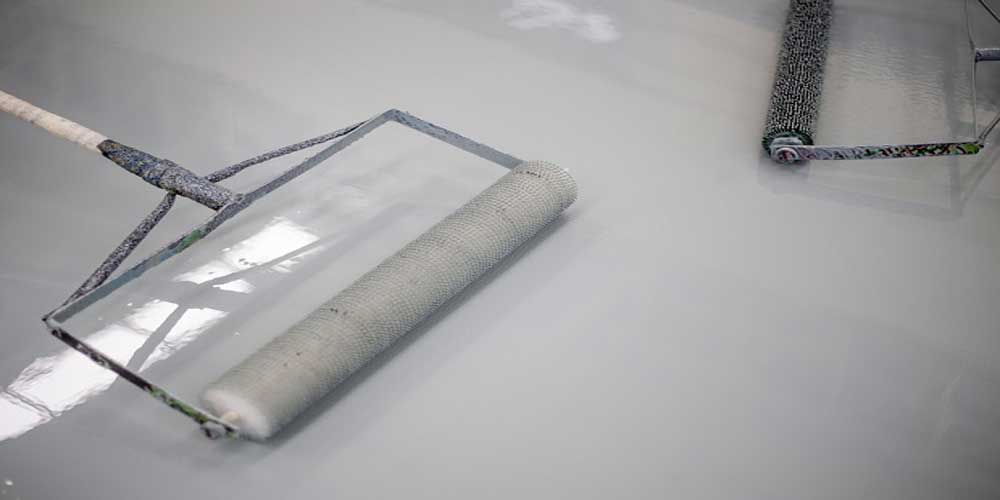Concrete is a versatile construction composite and it will usually last for decades. This, however, is subject to the concrete slab retaining its integrity. In real life situations concrete always develops cracks. Cracks let in water and air and this can cause rusting of steel rods in reinforced concrete and deterioration of the aggregate. The result is further expansion. You do not need to spend any maintenance cost for this concrete sealing, and you can easily use this sealing for a long time. If you find any crack or damage on the concrete sealing, then you can easily repair these portions at a minimum cost.

What are the Features of Concrete Sealing?
One way to ensure concrete retains its integrity is to seal it. Before you begin you will need tools such as a wire brush to scrape and clean the surface so that the sealer will adhere. You will also need brush applicator, sprayer, roller, gloves, thinner, dust mask and, of course, the sealant. The concrete sealing material can be selected as per your requirement, and you can also mix these materials as per your uses. It is recommended to make your sealing strongest, with more amounts of cement and sand which are necessary for concreting task.
- Concrete sealing materials are classified according to their functions. Penetrating sealers penetrate capillaries and cracks in the concrete and protect the material from ingress of air and moisture. This type is usually recommended for concrete roofs, walls and slabs in the garden.
- Water based acrylic concrete sealants are also effective but do not have a long life. However, it is easy to apply acrylic sealants for concrete.
- Epoxy concrete sealants are tough, strong and will last for a long time. These are best used on concrete countertops in kitchens, concrete roofs, concrete walls and slabs in high traffic areas. Besides being tough epoxies are also resistant to most chemicals and provide water-proof covering besides holding together the concrete aggregate, thus adding strength. Polyurethane concrete sealing materials are tough and can be used on roofs, walls, countertops and floors. Polyurethane is also some what more flexible than epoxy besides being resistant to chemicals. Then there are densifiers and hardeners that have deep penetrating action with high water repellency properties.

3 important Advantages of Concrete Sealing:
Applying concrete sealing is simple enough. However, it is important to wire brush the surface to remove all dirt and loose particles. Degreasing is also a good idea since presence of oil will prevent adhesion of the sealant film. Wash and let the surface dry thoroughly before applying the sealant.
- You can use acrylic, epoxy based or polyurethane based sealant. It may be a single component resin or two parts, in which case it is necessary to mix thoroughly and apply as quickly as possible before the sealant sets.
- Generally, depending on viscosity and film thickness required, a gallon of sealant will cover from 75 to 200 square feet. The process involves application of a first thin coat, the sealant thinned with a solvent, and allowed to dry before applying the second and, if required, a third final coat.
- You can also use a roller for faster application but avoid brushing too much or squeezing the roller too flat. Once done, clean the brush and tools with solvent, thinner or water, depending on the type of sealant used.
If the concrete has developed cracks, it is best to use epoxy or polyurethane putty to seal the cracks. If the cracks are deep then you will find that pressure injection of epoxy resin or polyurethane into the cracks will help in deeper penetration, better bonding and enhanced life.

